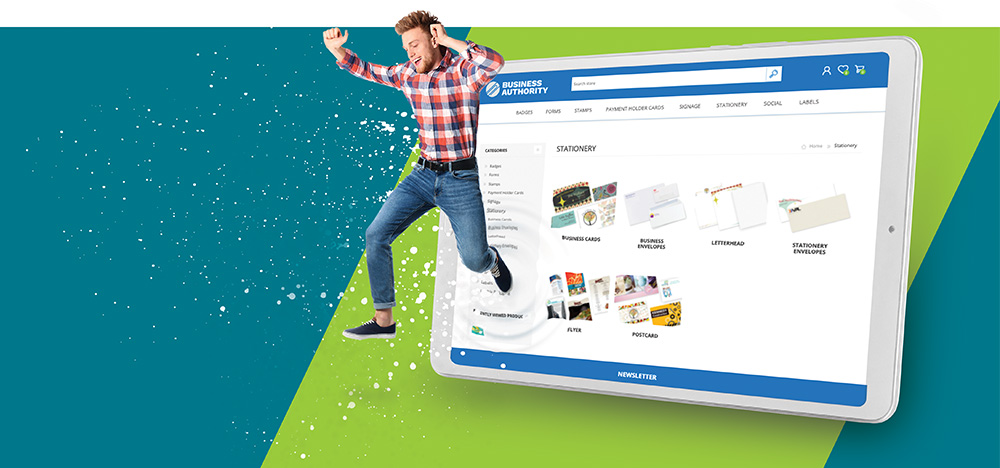
Are you looking to boost your revenue stream while bringing more convenience to your customers? Setting up an online store for your customers to easily order print products like business cards, postcards – and a bunch of other stuff – is simpler than you might think.
Old-school sales and ordering
This scenario has been played out in the wholesale printing game for decades. You have your list of repeat buyers. You reach out to them periodically to see if they need to order anything. They request a quote, you have some numbers run, you share a proposal, they review the pricing, they decide to order, they reach back out to you…whew, I’m getting tired and we’re not even to the order yet! Not to mention all the next steps, including the approval process.
It’s a new day for ordering print
Digital rules. Selling goods online just makes ordering easier, and more than ever, people simply want the convenience of it. Ordering online eliminates many of the hassles associated with ordering print, and it’s an efficient way to save time and streamline processes. Not only does a Company eStore provide a user-friendly and seamless ordering experience for your customers, but it also brings in a steady flow of repeat web-to-print orders for you, ensuring a reliable and predictable source of income for your business.
Picture this
Your ideal customer has lots of locations, lots of employees, lots of products…. like a company with, say, 100 employees, and they are ordering things like custom business cards and custom postcards all year long. They’re doing around 20-30 orders per year. What if your customer could just order all their stuff from a site that houses it all? They click whenever they need anything, and you, well, you can spend more time prospecting. Or golfing. You choose.
Customers order a huge variety of product on these sites and here are the top three most popular: Custom Business Cards, Custom Brochures, and Custom Postcards.
Consider all of the advantages Company eStores offer
Easy ordering, seamless proofing. Sound good? But the benefits don’t stop there. A Company eStore streamlines the ordering process, reducing the need for manual data entry and minimizing the chance of errors. This means you can fulfill orders more efficiently, which allows you to take on more business and grow your customer base.
When your customers can order print quickly and easily from a custom site, you get more business. More business means more revenue…you get the picture. Here are some of the benefits Company eStore can bring to you:
- Automation of the order process
- Consistent revenue streams
- Increased order accuracy
- Repeat business
- Easier and more economical print management
- Increased revenue through a broad product offering
- Increased customer retention and annuity sales over time
- Savings on administrative expenses
But you’re not the only one benefiting. Your customers get in on the advantages too.
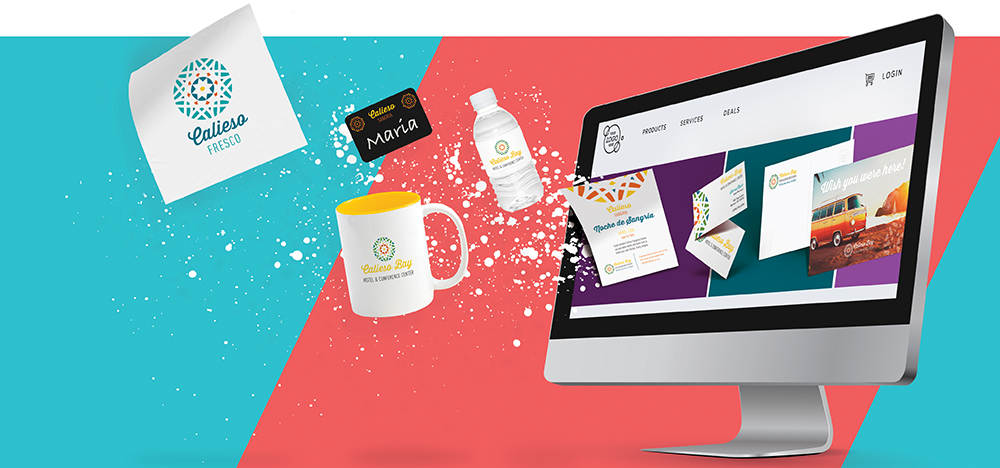
Why an online eStore is the way to go for your customers
A corporate or employee store carries your customer’s brand and makes ordering print products a snap for them. The advancement of online print ordering provides limitless on-demand options for your customers’ printing needs, and it benefits businesses and enterprises by providing them with:
- Brand control
- Centralized procurement
- Resource conservation
- Flexibility
- Faster order turn-time
- Easy one-stop shopping
Larger companies with multiple locations, as well as franchises can utilize a custom store to save a great deal of time coordinating the distribution of new marketing materials. An online store makes it super easy for them to order, ensuring more brand consistency. All this saves them time and hassle, which in turn builds loyalty and trust in your business.
Let’s deep dive into a few of the benefits:
- Easy customization: With web-to-print ordering, your customer can easily customize their print materials with their company’s logo, colors, and other branding elements. They can choose from pre-designed templates or create unique designs, covering all the creative bases.
- Time-saving: With traditional ordering methods, there’s a lot of communication and waiting for proofs and revisions. With web-to-print ordering, changes can be made in real time and finished products are received much faster.
- Consistency: When ordering through a Company eStore, you can be assured that all of the print materials are consistent in design and quality, which is essential for building a strong brand (and keeping your customers happy).
- Cost-effective: Web-to-print ordering can be much more cost-effective than traditional methods, as it allows for bulk ordering and eliminates the need for intermediaries.
- Convenient: Web-to-print ordering is simply more convenient for busy professionals. They can order print materials whenever and wherever they have an internet connection, and can easily track their orders and receive notifications as things progress.
Real estate and travel industries
For businesses in the real estate and travel industries, having professional print materials like business cards and postcards is essential for promoting their brand and services. But the traditional process of ordering print materials can be time-consuming and frustrating for them, with back-and-forth communication taking up their staff’s valuable time. Web-to-print ordering through an online eStore allows them to easily customize and order their print materials from the comfort of their computer, without any of the bother of traditional ordering methods.
If you have customers in the real estate or travel industry that are in need of professional print materials, web-to-print ordering through a Company eStore is the way to go. It’s fast, easy, cost-effective, and convenient, allowing them to focus on growing their business rather than worrying about ordering print materials.
The profitable weight of customer retention
Retention Science shares that 80 percent of your future profits will come from just 20 percent of your existing customers, and repeat customers spend 33% more than existing ones. So you can see how increasing customer retention increases profits and the value of your company, and how the “stickiness” of a site fuels repeat buying. In fact, web-to-print technologies increase retention by up to 95%.
Where do you go from here?
In a flash, we can set up an employee or corporate online store tailored to your customer’s unique requirements. These are dedicated sites for each of your largest clients, branded to them, accessible 24/7, allowing effortless management of all their marketing materials in one place. So why wait? Start exploring your options for web-to-print ordering today.Top of Form Bottom of Form
If you’d like to make your customers’ lives easier and grow your business, let’s have a quick chat. You’ll get an account review and a demo of our technology platform, built to bring you more sales. Take advantage of this revenue-boosting opportunity and set up a 15-minute flash appraisal. We’d love to show you (in just a few minutes) how to grow business quickly.
But wait! There’s more.
We also have a webinar coming up where we will dive deep into everything eStore. Our upcoming webinar, “LIKE A BOSS: How to Dominate the Print Game through Company eStores” on March 22 will show you how easy it is to set them up and answer any questions you may have.
In conclusion
Ready to find out how easy it is to get a site set up so any one of your customers (or all of them…hey, go big or go home) can order business cards, stationery, marketing collateral and more? Set up your Company eStore today and start reaping the benefits of a streamlined, efficient, and profitable web-to-print ordering process. Your customers will thank you, and your bottom line will too!















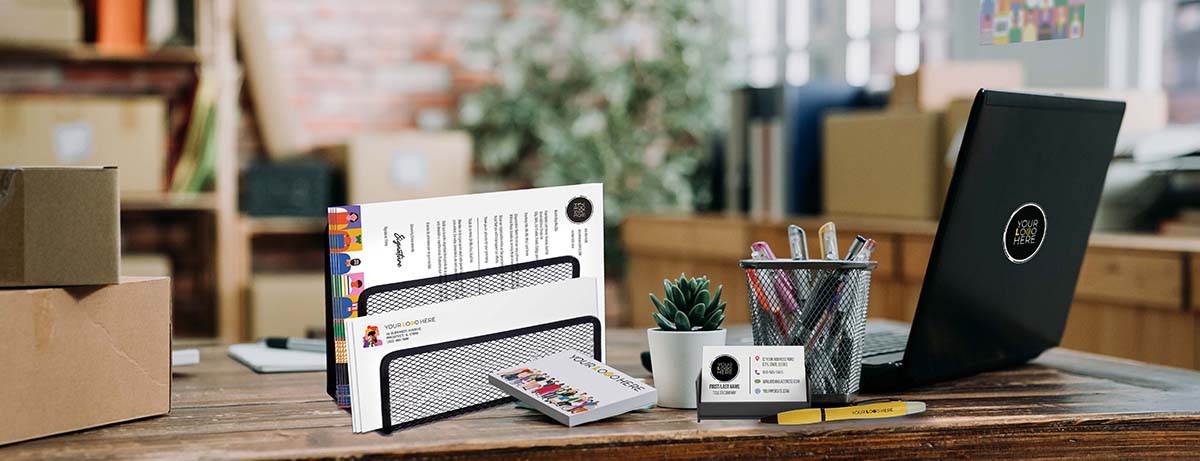


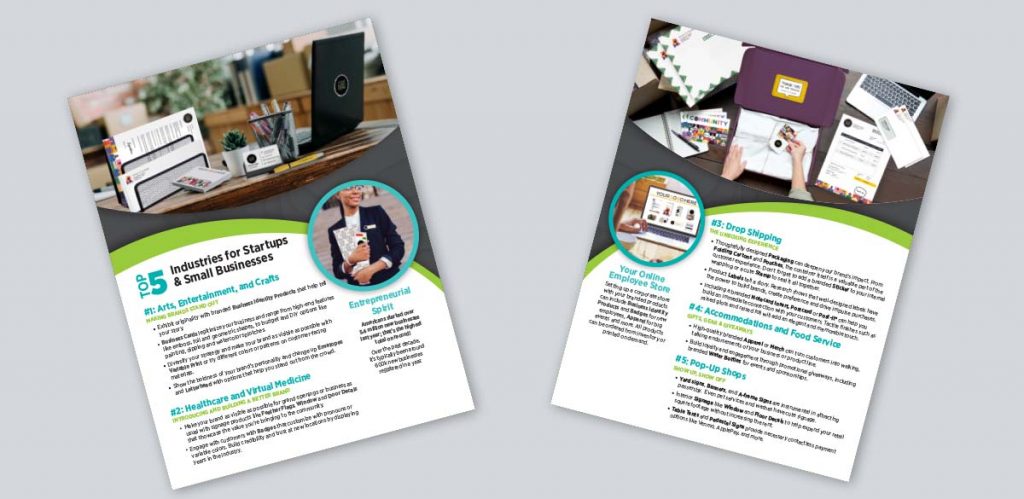




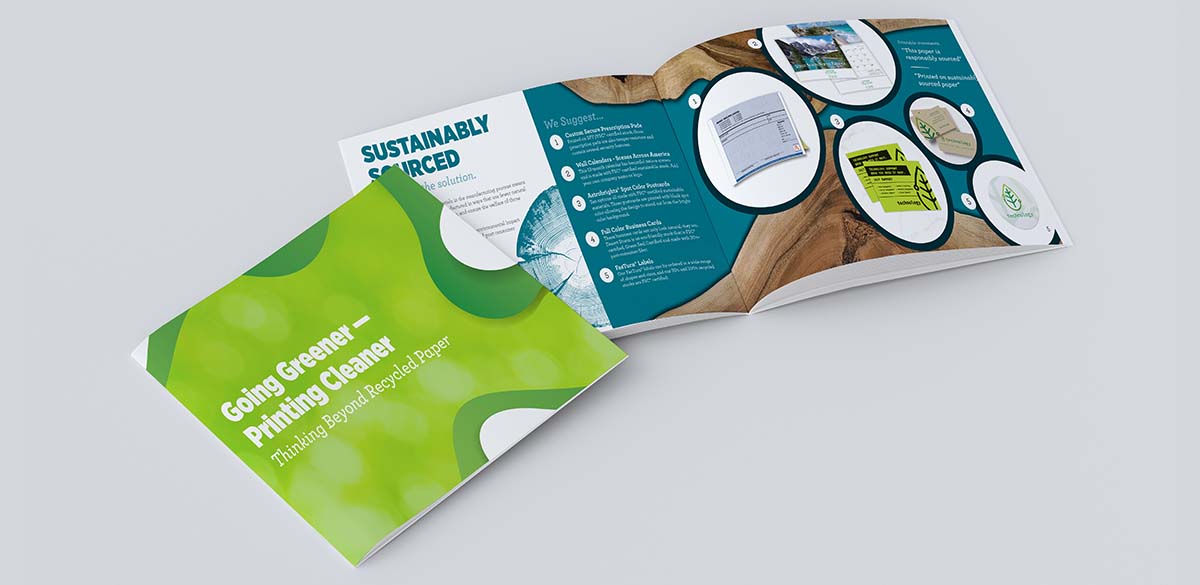
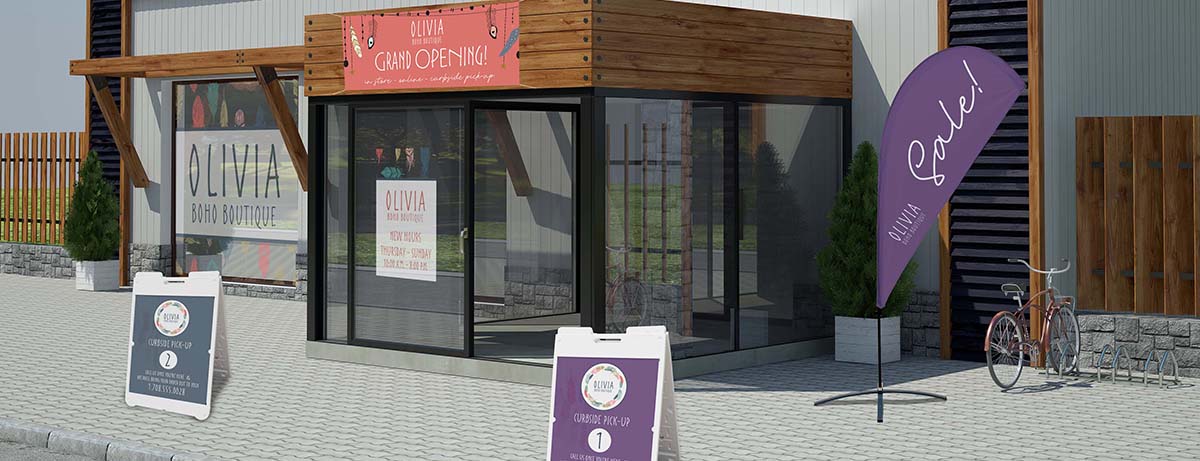














 Growing numbers of product manufacturers are switching to flexible packaging thanks to its commanding shelf appeal, protective properties, consumer ease of use and prime storage advantages post-purchase. Flexible packaging is the combination of technology and innovation, and comes in different shapes, designs and sizes, making it truly flexible. It adds value and marketability and helps brands stand out from the competition and solidify their unique brand identity with every product they sell.
Growing numbers of product manufacturers are switching to flexible packaging thanks to its commanding shelf appeal, protective properties, consumer ease of use and prime storage advantages post-purchase. Flexible packaging is the combination of technology and innovation, and comes in different shapes, designs and sizes, making it truly flexible. It adds value and marketability and helps brands stand out from the competition and solidify their unique brand identity with every product they sell. High quality paperboard folded cartons stand up and stand out with innovative printing and finishing methods. We specialize in short-run quantities for the changing retail market where niche brands, regional product introductions and burgeoning “micro” markets demand high quality packaging in smaller quantities. Our folded cartons are a brilliant solution to hold anything from non-contact food and beverage products to business cards to health and beauty products.
High quality paperboard folded cartons stand up and stand out with innovative printing and finishing methods. We specialize in short-run quantities for the changing retail market where niche brands, regional product introductions and burgeoning “micro” markets demand high quality packaging in smaller quantities. Our folded cartons are a brilliant solution to hold anything from non-contact food and beverage products to business cards to health and beauty products. Labels and packaging are the dynamic duo. They go hand-in-hand. Whether you print a full color carton or pouch, labels provide an added piece of valuable real estate. Our vast label offering provides every brand a unique opportunity to include an added touch to their package. For example, if your customer prints a large quantity of a folded carton with the same artwork for each variety, they can add a label to provide product-specific information without having to run a package for each variety. A cohesive label and package presentation will create an impactful lasting impression to be remembered in the minds of consumers.
Labels and packaging are the dynamic duo. They go hand-in-hand. Whether you print a full color carton or pouch, labels provide an added piece of valuable real estate. Our vast label offering provides every brand a unique opportunity to include an added touch to their package. For example, if your customer prints a large quantity of a folded carton with the same artwork for each variety, they can add a label to provide product-specific information without having to run a package for each variety. A cohesive label and package presentation will create an impactful lasting impression to be remembered in the minds of consumers.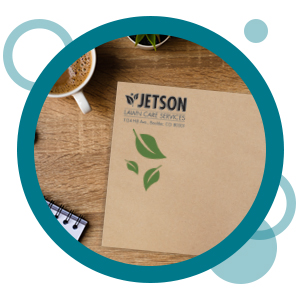
 Hang tags are an excellent way to give your customer’s product added brand charisma and allure. Hang tags are not just for clothes, they can be added to the outside of a folded carton, around the neck of a wine bottle or used as a personalized message on a gift. Available in a variety of shapes, sizes and stock options for a plethora of appealing possibilities to fit your customer’s needs and captivate consumers.
Hang tags are an excellent way to give your customer’s product added brand charisma and allure. Hang tags are not just for clothes, they can be added to the outside of a folded carton, around the neck of a wine bottle or used as a personalized message on a gift. Available in a variety of shapes, sizes and stock options for a plethora of appealing possibilities to fit your customer’s needs and captivate consumers.